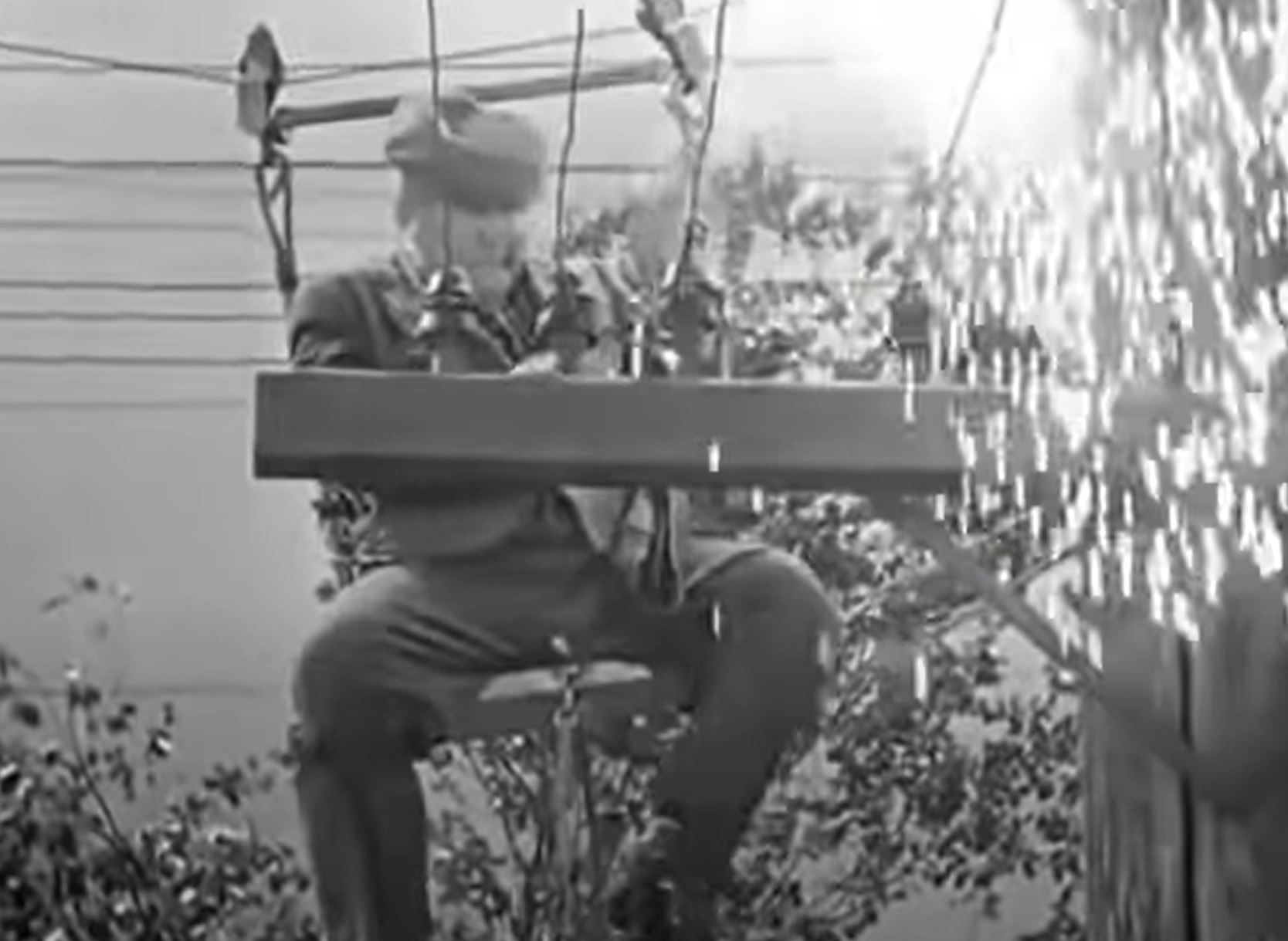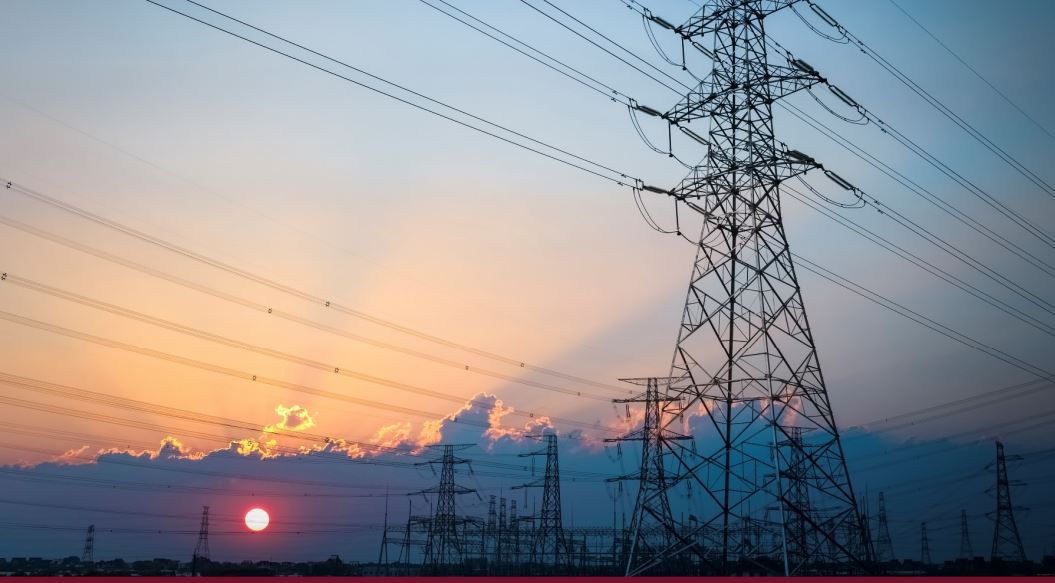You want more renewable energy? You’re going to need more high-voltage transmission lines to move intermittent wind and solar power around the country to balance fluctuating supply and demand. And you’d better get started. Transmission planning and construction involves long lead times, typically between seven and ten years.
“The window may be closing to develop the needed transmission expansion to enable the optimization of clean energy, meet state clean energy objectives, and other ‘voluntary’ demand for low-cost renewable energy,” summarizes a new study, “How Transmission Planning & Cost Allocation Processes Are Inhibiting Wind & Solar Development in SPP, MISO, & PJM.”
That’s not coming from some fossil fuel-funded global warming skeptic. The report was underwritten by the American Council on Renewable Energy (ACORE) in coordination with the American Clean Power Association and the Solar Energy Industries Association.
Those groups are sending up a warning flare to alert Americans to a critical bottleneck to renewable development. There is a major disconnect between the goals of numerous states, such as Virginia, to achieve zero-carbon electric grids by 2050 and the ability of the entities overseeing the electric transmission grid.
“The availability of backbone transmission capacity (generally 345 kV and above) is essential to the efficient and least cost deployment of U.S. solar and wind resources,” states the study. Better planning is needed at the Regional Transmission Organization (RTO) level — Virginia belongs to the PJM regional organization — “to identify the geographic areas where untapped renewable energy resources exist and develop optimal and cost-efficient paths for transmission infrastructure development to deliver low-cost renewable resources to load centers.”
Solar and wind power are coming, the report states. Fifteen states and territories have adopted mandates to achieve 100% carbon-free renewable energy. Electric utilities and corporate buyers are making their own commitments as well. Combined with continued cost declines for wind and solar, renewable energy “will be the principle source of electric generation in the future.”
Here’s the catch: “Yet, existing transmission planning processes have been insufficient in preparing the electric grid for this future resource mix.”
PJM and other regional transmission organizations have focused on meeting the current reliability and economic needs of the electric grid. “These processes were not designed to identify the necessary transmission expansion to enable future renewable energy development.” asserts the report. “The needed backbone transmission development has been essentially stalled.”
Prospective renewable-power generators are confronted with high network-upgrade costs to connect with the transmission system — sometimes in the hundreds of millions of dollars. Bottlenecks and delays as long as four years have prevented hundreds of renewable energy projects from reaching commercial operation, states the report. “There were 834 GW of proposed generators waiting in interconnection queues nationwide at the end of 2019, almost 90 percent of which were renewable and storage resources.”
Bacon’s bottom line: Governor Ralph Northam and the General Assembly have mandated a 100% zero-carbon energy grid by 2050. Little attention has been given ensuring the reliability of an electric grid 100% built upon intermittent power sources, especially during extreme weather events like the one Texas experienced earlier this year. Massive deployment of battery storage might be one potential solution, albeit an incredibly expensive one. Another alternative is importing electricity from other states and regions where different weather patterns prevail. But that, as the study makes clear, will require significant upgrades to the transmission grid.
Building and upgrading transmission lines is invariably unpopular. The planning and approval process can drag on for years. Will that capacity exist when Virginia needs it? Does anyone even know what transmission-grid upgrades will be needed on Virginia soil and be subject to Virginia regulatory approvals?

The electric generating and transmission system has been described as the world’s most complicated machine. Right now, the stooges in the General Assembly are in charge of maintaining important pieces of that machine. Unlike the Three Stooges in this clip, who knew they were lame brains, Virginia legislators see themselves as all knowing, all wise and all competent. What could go wrong?


Leave a Reply
You must be logged in to post a comment.